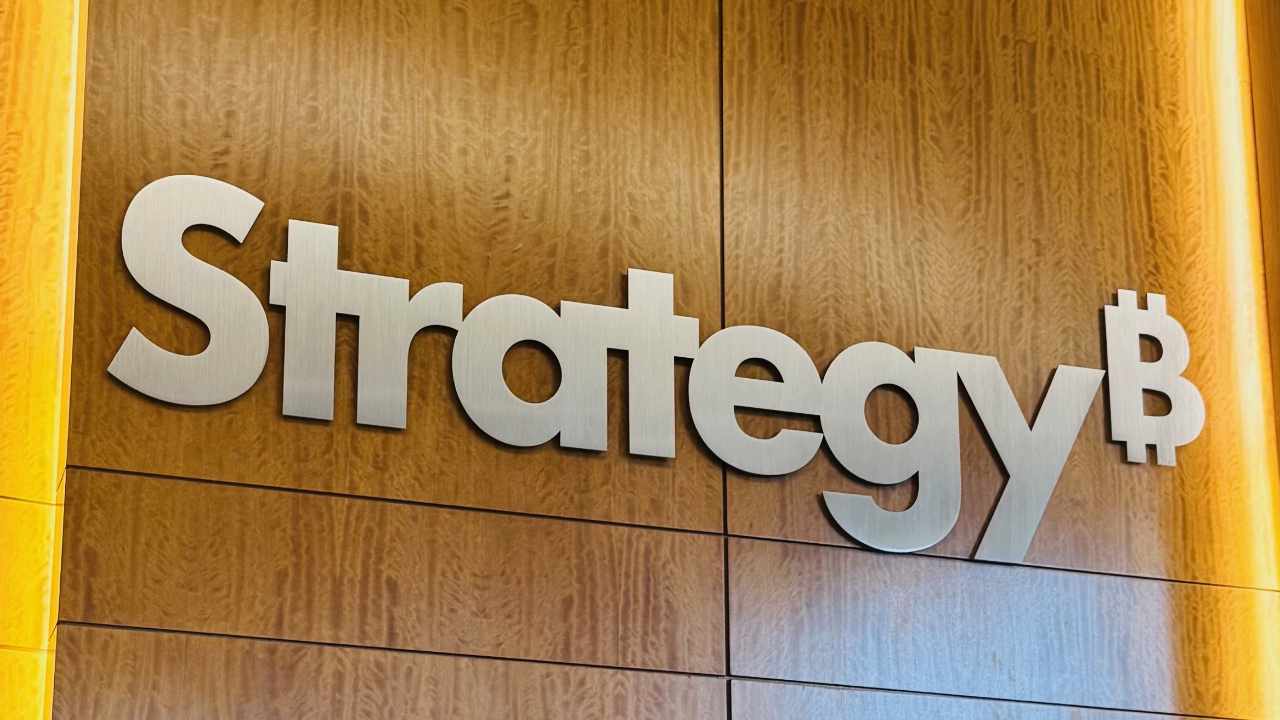
Hyperledger development cost is one of the primary considerations when planning a blockchain project. Whether you’re building a supply chain application, healthcare solution, or financial platform, understanding the pricing structure is vital. According to a report by Deloitte, nearly 67% of organizations view blockchain as a strategic priority, with Hyperledger being a preferred choice due to its modular architecture and enterprise-grade features. Furthermore, the global blockchain market, valued at $7.18 billion in 2022, is projected to grow at a CAGR of 66.2% from 2023 to 2030, indicating a rising demand for scalable and cost-efficient solutions like Hyperledger.
By assessing the project’s scope, required features, and the expertise needed, you can estimate costs effectively and align them with your budgetary goals. This article delves into all the factors influencing Hyperledger development costs and offers actionable insights for businesses aiming to maximize their investment.
Blockchain technology has transformed the way businesses operate, offering secure, transparent, and decentralized solutions. Among the plethora of blockchain platforms available today, Hyperledger stands out as a leading open-source framework designed for enterprise-grade applications. Managed by the Linux Foundation, Hyperledger has been the backbone of countless projects across industries, including healthcare, finance, and supply chain management.
Hyperledger differentiates itself by focusing on permissioned blockchains, which ensure that only authorized parties can access the network. This makes it an ideal choice for organizations that prioritize privacy and security. However, while the benefits are numerous, implementing Hyperledger does come with costs, which can vary depending on several factors such as project complexity, features, and team expertise.
Developing on Hyperledger comes with several unique advantages that make it a preferred choice for enterprises worldwide. Here’s why Hyperledger is worth considering:
Transparency
Hyperledger ensures that all transactions are visible to authorized users. This level of transparency builds trust and minimizes disputes, particularly in multi-party collaborations.
Security
With robust encryption techniques and permissioned access, Hyperledger is one of the most secure blockchain platforms available. It’s no surprise that industries like healthcare and finance — where data security is paramount — favor Hyperledger solutions.
Scalability
Hyperledger is designed to handle high transaction volumes, making it scalable for large enterprises. Its modular architecture allows businesses to tailor the solution to meet their needs.
Interoperability
Hyperledger supports integration with other systems and platforms, enhancing its usability in complex IT ecosystems.
These benefits, however, come at a price. To fully realize the potential of Hyperledger, you need to invest in skilled developers, cutting-edge tools, and ongoing maintenance.
Several factors determine the overall cost of Hyperledger development. Let’s examine the most critical elements that influence pricing:
Complexity of the Project
The more complex your project is, the higher the costs will be. Features like multi-party consensus, smart contract deployment, and advanced integrations can drive up expenses.
Team Expertise
Hiring experienced developers with a strong understanding of Hyperledger frameworks is crucial but can be expensive. A seasoned team ensures a smooth development process, saving you time and additional costs in the long run.
Development Tools
The choice of tools and software also impacts the budget. While many open-source tools are free, premium tools and third-party services may incur additional costs.
Maintenance Costs
Post-deployment maintenance, including updates, bug fixes, and feature enhancements, is an ongoing expense that must be factored into your budget.
When budgeting for a Hyperledger project, it’s essential to understand the various stages involved and their associated costs:
Planning and Consultation
The initial phase involves requirement gathering, feasibility studies, and consultation with experts. This stage typically accounts for 10–15% of the total budget.
Development
This is where the bulk of your budget will go. Depending on the project scope, development costs can vary widely. Complex applications with custom features are naturally more expensive.
Testing and Deployment
Testing ensures the reliability and security of the application. Deployment costs depend on whether the solution is hosted on-premise or in the cloud.
Maintenance
Ongoing maintenance is crucial for keeping the application functional and up-to-date. Many businesses allocate 15–20% of the development cost annually for maintenance.
Check out for detailed info: How Much Does It Cost To Develop Blockchain In 2025?
The location of your development team significantly influences the overall cost. For instance, hiring a team in North America or Western Europe will likely be more expensive compared to outsourcing the project to developers in India or Eastern Europe. However, offshore teams often deliver comparable quality at a fraction of the cost, making them a viable option for businesses with tight budgets.
Partnering with a blockchain development company can significantly improve your understanding of Hyperledger development costs and ensure a smoother project journey. These companies bring industry expertise and technical know-how to the table, helping you break down complex pricing structures into digestible components.
They assess your project’s scope, identify cost-saving opportunities, and recommend the most efficient frameworks and tools to meet your business needs. Moreover, an experienced blockchain partner assists in prioritizing essential features, reducing unnecessary expenses, and avoiding costly missteps during development. With their guidance, you gain access to tailored solutions, transparent budgeting, and ongoing support, ensuring your investment in Hyperledger yields maximum ROI without hidden surprises.
Whether you’re new to blockchain or managing an enterprise project, collaborating with experts is the best way to align technology and budget effectively.
- What is the average cost of a Hyperledger project?
The cost varies widely but typically ranges from $50,000 to $300,000, depending on complexity and features. - How long does it take to develop a Hyperledger application?
Most projects take 4–12 months, depending on the scope and team size. - Are there hidden costs in Hyperledger development?
Yes, these may include training, documentation, and third-party integrations. - Can small businesses afford Hyperledger development?
Yes, by prioritizing features and outsourcing development, small businesses can manage costs effectively. - Is maintenance included in the development cost?
Usually not; maintenance is a separate ongoing expense. - What industries benefit most from Hyperledger?
Industries like healthcare, finance, and supply chain see the most significant ROI from Hyperledger projects.
Investing in Hyperledger development is a strategic decision that offers long-term benefits for businesses. By understanding the factors that influence costs, companies can plan effectively, minimize expenses, and maximize their ROI. With careful planning, choosing the right development partner, and leveraging cost-effective strategies, businesses can harness the power of Hyperledger without breaking the bank.






